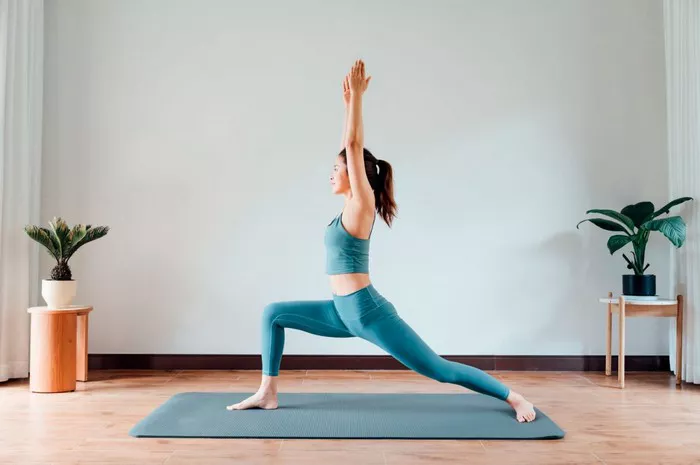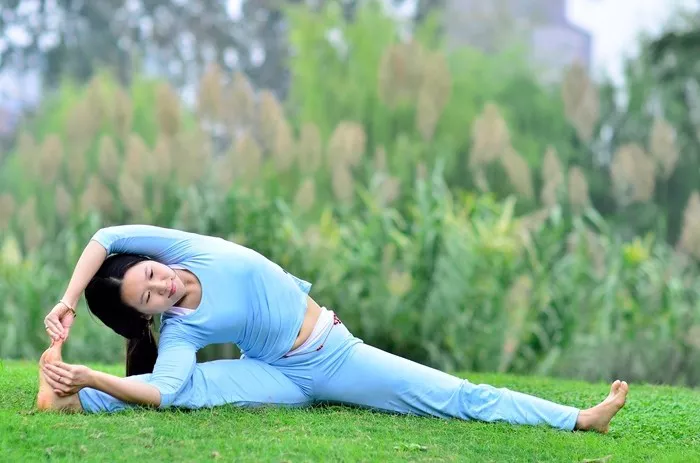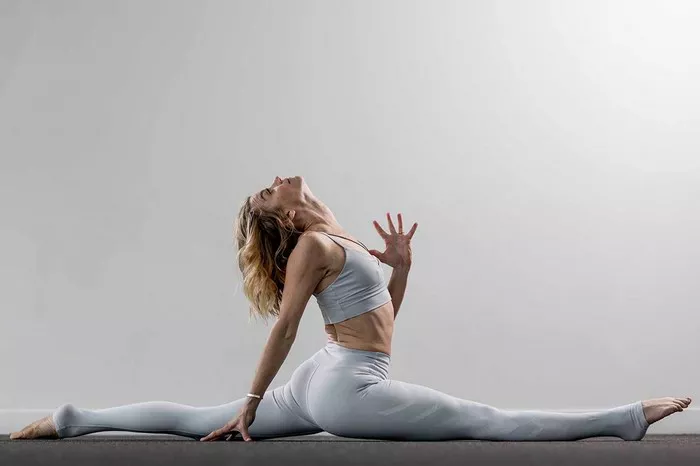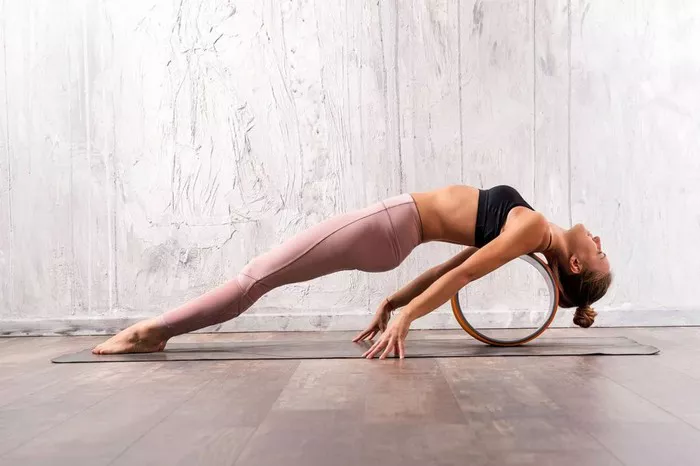Origins and Symbolism
Rooted in ancient Indian tradition, Warrior 1 Pose, or Virabhadrasana I, holds a significant place in the practice of yoga. The pose derives its name from Virabhadra, a fierce warrior in Hindu mythology created by Lord Shiva. Virabhadra represents the embodiment of courage, strength, and determination, making Warrior 1 a symbol of these qualities within oneself. As practitioners assume this posture, they tap into the archetype of the warrior, channeling its energy to confront challenges both on and off the mat.
Physical and Mental Benefits
The physical benefits of Warrior 1 Pose are manifold. Primarily, it strengthens the legs, particularly the quadriceps, hamstrings, and gluteal muscles, promoting stability and balance. The posture also opens the chest, shoulders, and hip flexors, enhancing flexibility and mobility in these areas. Additionally, the act of grounding through the feet and reaching upward with the arms cultivates alignment and improves posture.
On a mental and emotional level, Warrior 1 Pose fosters a sense of empowerment and confidence. As practitioners engage in the pose, they are encouraged to embody the qualities of a warrior—courage, focus, and resilience. This cultivates a strong sense of self-awareness and inner strength, enabling individuals to face life’s challenges with grace and equanimity.
Variations and Modifications
While Warrior 1 Pose is traditionally practiced with the back heel grounded and the hips squared forward, there are variations and modifications to accommodate different body types and levels of experience. One variation involves lifting the back heel off the mat, allowing for greater ease in squaring the hips and elongating the spine. Another modification is to use props such as blocks or a wall for support, particularly for individuals with limited flexibility or balance issues.
For those seeking a deeper stretch, variations like Reverse Warrior or Humble Warrior can be incorporated into the practice. Reverse Warrior involves extending the front arm upward while gently arching the spine, creating a stretch along the side body. Humble Warrior, on the other hand, involves interlacing the hands behind the back and folding forward over the front leg, intensifying the stretch in the shoulders and chest.
Step-by-Step Instructions
- Begin in Tadasana (Mountain Pose) at the top of your mat, with your feet hip-width apart and arms relaxed by your sides.
- Step your right foot back, keeping the toes pointed slightly outward at a 45-degree angle.
- Ground down through the outer edge of your back foot, ensuring that the heel is firmly planted on the mat.
- Bend your front knee, stacking it directly over your ankle, while keeping the back leg straight and strong.
- Square your hips forward, drawing the right hip forward and the left hip back.
- Inhale as you lift your arms overhead, reaching upward with your fingertips and lengthening through the sides of your body.
- Engage your core muscles to support your lower back and maintain stability in the pose.
- Gaze forward or upward, finding a focal point to help maintain balance and focus.
- Hold the pose for several breaths, allowing yourself to sink deeper into the stretch with each exhale.
- To release, exhale as you lower your arms and step your right foot forward to meet your left, returning to Tadasana.
Precautions and Contraindications
While Warrior 1 Pose offers numerous benefits, it is important to practice with mindfulness and awareness of one’s body. Individuals with knee, hip, or back injuries should approach the pose with caution and may need to modify or skip it altogether. Additionally, those with high blood pressure or heart conditions should avoid holding their breath or straining excessively in the pose.
To prevent strain or injury, it is essential to maintain proper alignment and listen to the body’s cues. If experiencing discomfort or pain, ease out of the pose gently and consult with a qualified yoga instructor or healthcare professional for guidance.
Conclusion
In conclusion, Warrior 1 Pose serves as a potent symbol of strength, courage, and resilience, both on and off the mat. By embracing the posture’s physical and mental benefits, exploring variations and modifications, and practicing with mindfulness and caution, individuals can harness the transformative power of the warrior within. Through consistent practice and dedication, Warrior 1 Pose offers a pathway to embodying grace, power, and inner peace in the journey of self-discovery and personal growth.

























